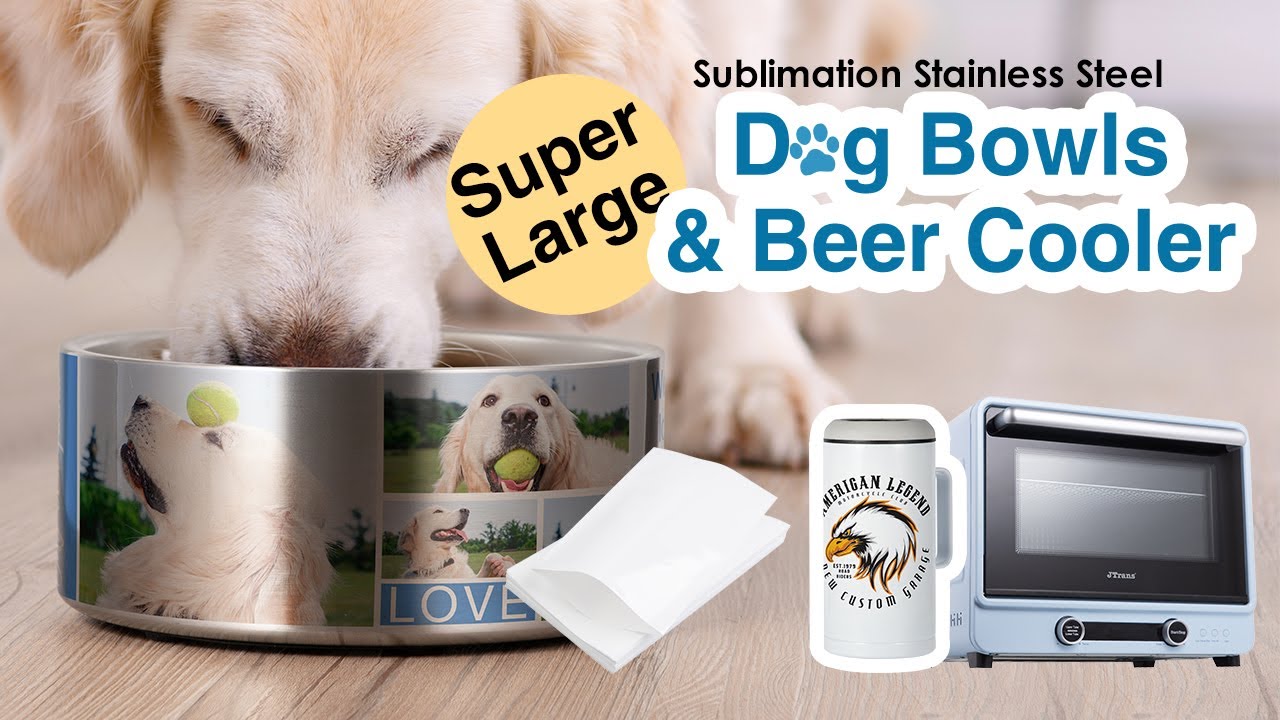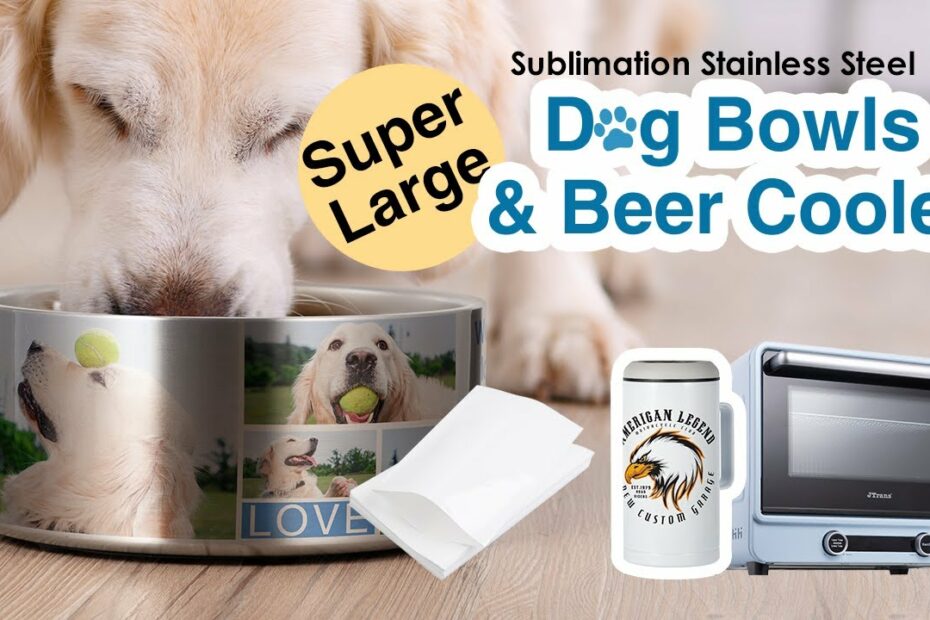Question: How To Craft A Steel Dog Bowl At Home
Diy Dog Bowl Stand
Keywords searched by users: Question: How To Make Steel Dog Bowl stainless steel dog bowls, best stainless steel dog bowls, heavy duty stainless steel dog bowls, basis pet bowls, basis pet stainless steel dog bowls, stainless steel dog bowls with stand, large stainless steel dog bowls, metal dog food bowl
Why Is Stainless Steel Good For Dog Bowls?
Stainless steel stands out as a preferred material for crafting dog bowls due to its remarkable durability and practicality. This choice is especially advantageous for several reasons:
Firstly, stainless steel exhibits exceptional resistance to cracking or shattering, making it ideal for withstanding the occasional bumps or accidental falls that may occur when dogs enthusiastically feed. Even if a clumsy canine manages to knock the bowl off a raised feeding station, you can trust in the bowl’s resilience.
Furthermore, stainless steel dog bowls are exceptionally easy to maintain. They can be effortlessly rinsed out and cleaned, ensuring that your pet’s feeding area remains hygienic and safe for their health. This combination of durability and ease of cleaning makes stainless steel a top choice for pet owners seeking a practical and long-lasting solution for their furry companions.
What Are Dog Bowls Made Of?
Dog bowls are crafted from various materials, each with its own set of characteristics and potential effects on your pet’s health. The most common materials used for dog bowls are ceramic, stainless steel, and plastic. While some dogs may show no preference and can adapt to any of these materials, others might experience health issues linked to their choice of feeding or drinking vessel.
Ceramic bowls are a popular choice due to their aesthetic appeal and ease of cleaning. They are typically glazed, which makes them non-porous and resistant to bacterial growth. However, some ceramic bowls may contain harmful chemicals in their glaze, so it’s important to choose food-grade ceramics.
Stainless steel bowls are known for their durability and resistance to rust and corrosion. They are easy to clean and maintain, making them a hygienic option. Additionally, stainless steel is less likely to cause allergies or sensitivities in dogs.
Plastic bowls are lightweight and inexpensive, but they can have drawbacks. Some plastic bowls may contain BPA or other chemicals that can leach into your dog’s food or water, potentially leading to health issues. Dogs who chew on plastic bowls may also ingest small pieces, which can be hazardous.
It’s essential to consider your dog’s individual needs and preferences when selecting a bowl material. Additionally, consult with your veterinarian if you suspect that your dog’s current bowl may be contributing to health problems.
Details 6 Question: How To Make Steel Dog Bowl

Categories: Summary 36 Question: How To Make Steel Dog Bowl
See more here: c1.chewathai27.com

Learn more about the topic Question: How To Make Steel Dog Bowl.
- Stainless Steel Dog Bowls | Made in USA
- Are Ceramic or Metal Bowls Better For Dogs? – AllPetSolutions
- Best Material for Your Pet’s Dish | PetSafe®
- Pros and Cons of Different Dog Bowl Materials – Neater Pets
- Plastic, ceramic, or stainless steel cat bowls? Why … – Americat Company
- Could your pet’s food bowl be harmful? – MetLife Pet Insurance
See more: c1.chewathai27.com/category/money-policy
